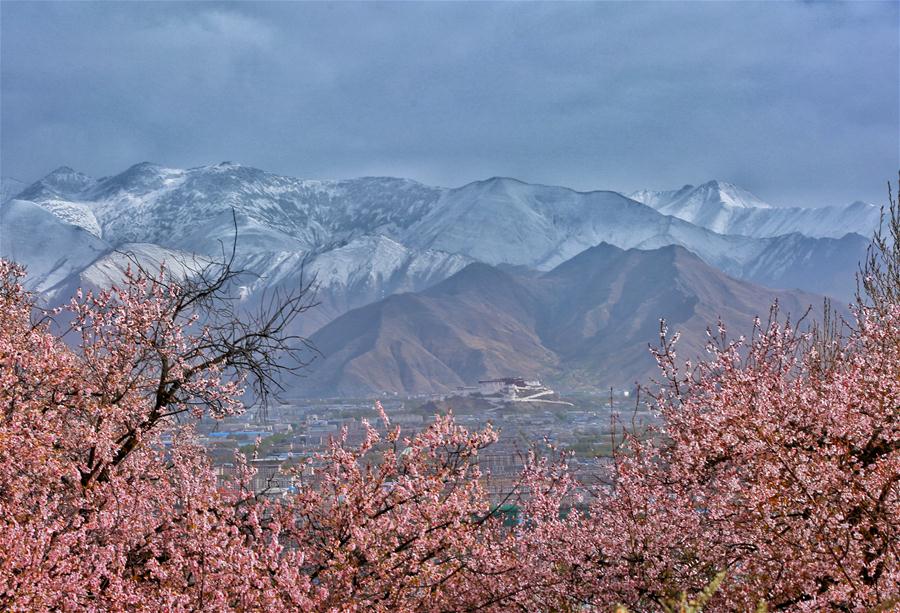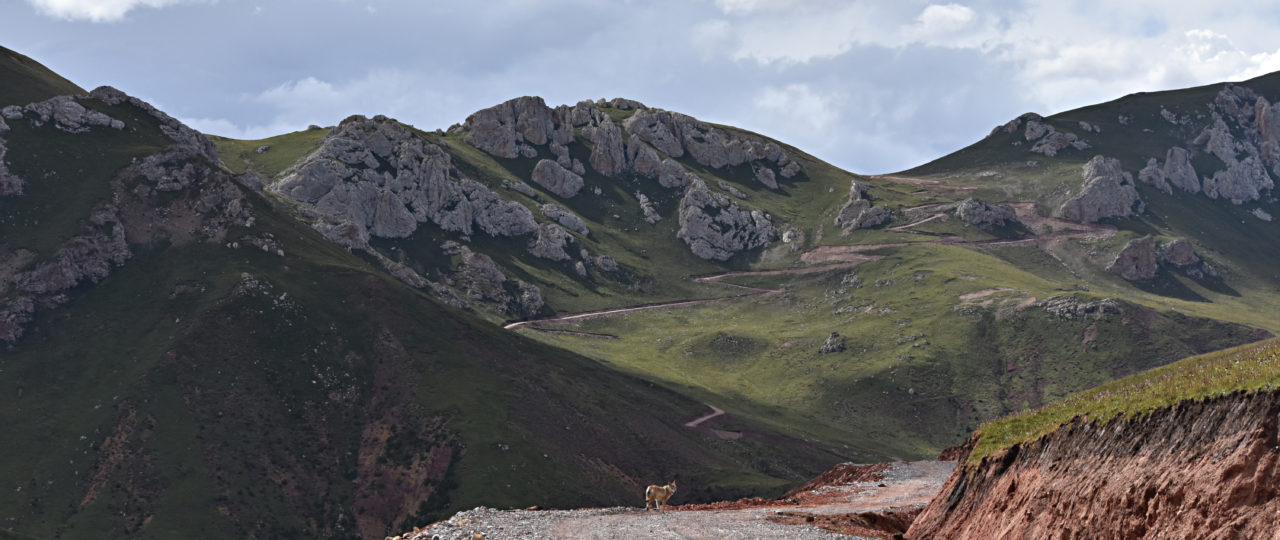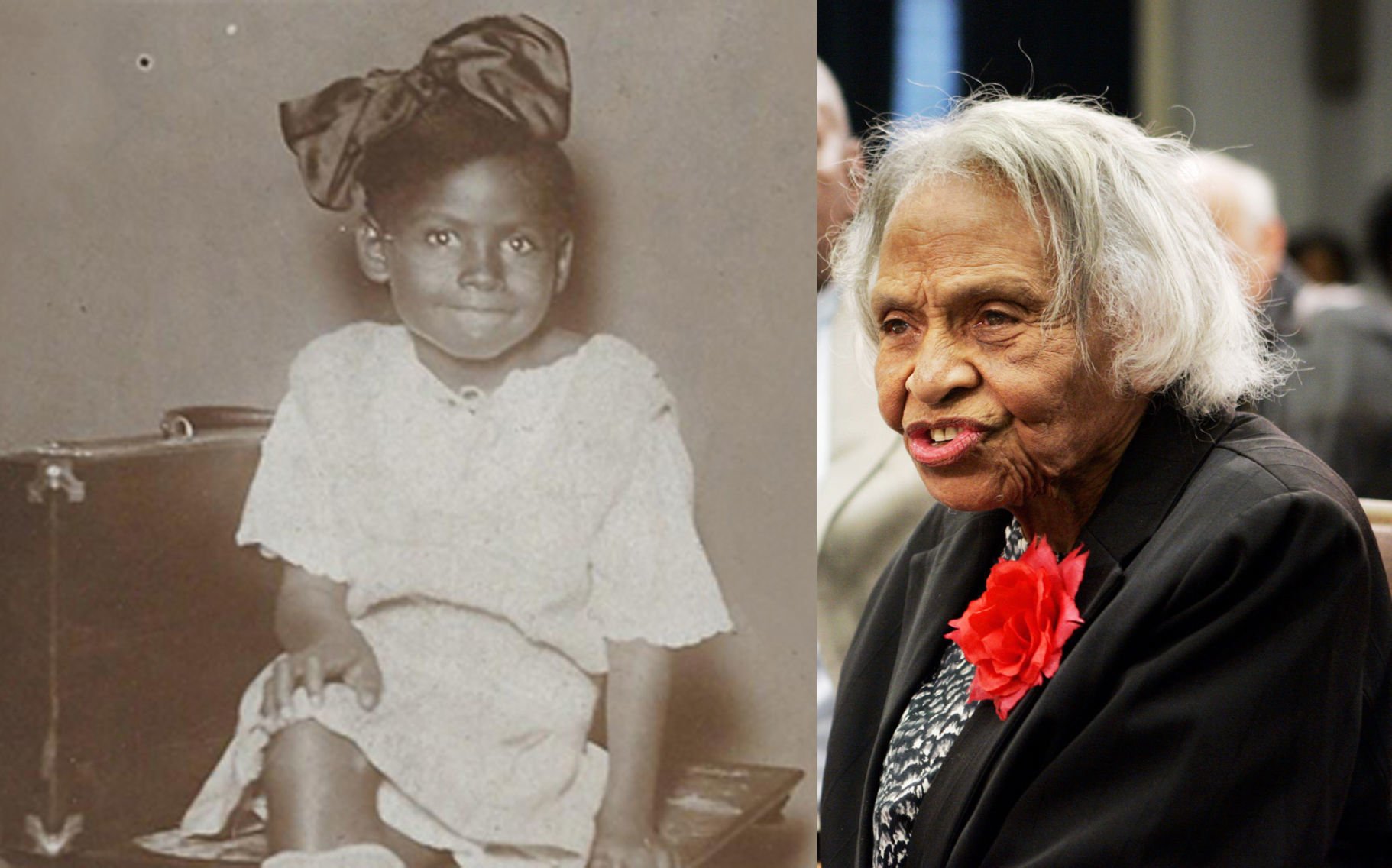Judi Lynn
Judi Lynn's JournalAsteroid Bennu Had Water! NASA Probe Makes Tantalizing Find
By Mike Wall, Space.com Senior Writer | December 10, 2018 05:17pm ET
It looks like NASA chose the right space rock for its asteroid-sampling mission.
The agency's OSIRIS-REx probe, which just arrived at Bennu last week, has already found hydrated minerals on the 1,640-foot-wide (500 meters) near-Earth asteroid, mission team members announced today (Dec. 10).
The discovery suggests that liquid water was once plentiful in the interior of Bennu's parent body, which scientists think was a roughly 62-mile-wide (100 kilometers) rock in the main asteroid belt between Mars and Jupiter. (Bennu is likely a pile of rubble that coalesced after a massive impact shattered that larger object hundreds of millions of years ago.) [OSIRIS-REx: NASA's Asteroid-Sampling Mission in Pictures]
OSIRIS-REx's main goal involves helping scientists better understand the solar system's early days and the role that asteroids like Bennu may have played in delivering water and the chemical building blocks of life to Earth. So, the water find is big news for the mission team.
More:
https://www.space.com/42690-asteroid-bennu-had-water-nasa-osiris-rex-discovery.html
New archaeological site revises human habitation timeline on Tibetan plateau
29-NOV-2018
CHINESE ACADEMY OF SCIENCES HEADQUARTERS
Human ancestors first set foot on the interior of the Qinghai-Tibetan Plateau around 30,000-40,000 years ago, according to new research by scientists from the Chinese Academy of Sciences (CAS). This new finding moves back the earliest data of habitation in the interior by 20,000 years or more.
The research team was led by Dr. ZHANG Xiaoling and Prof. GAO Xing from the Institute of Vertebrate Paleontology and Paleoanthropology (IVPP) of CAS. Their study, published in Science, was based on investigations of Nwya Devu, the oldest and highest early Stone Age (Paleolithic) archaeological site known anywhere in the world.
This archaeological achievement is a major breakthrough in our understanding of the human occupation and evolution of the Qinghai-Tibetan Plateau as well as larger-scale prehistoric human migration and exchanges. It caps 60 years of effort trying to find evidence of the earliest human habitation on the plateau.
The high altitude, atmospheric hypoxia, cold year-round temperatures and low rainfall of the plateau creates an extremely challenging environment for human habitation. Archaeological evidence indicates it was one of the last habitats colonized by Homo sapiens. Today, the Qinghai-Tibetan Plateau is the third least-populous spot on the planet.
More:
https://www.eurekalert.org/pub_releases/2018-11/caos-nas112918.php




Brazil's Amazon deforestation documented via massive satellite imaging
For 30 years, the Brazilian government has been monitoring the extent of logging in the world's largest rainforest. What began with huge photos on paper is now digital — and yet trees are still being felled.
Date 08.12.2018
Author Nadia Pontes
Driving from south to north in Brazil one can observe how the landscape is changing. Where the Amazon rainforest increasingly begins to shape the landscape is also where destruction begins. The landscape alternates between dense canopies and bare, stony soil.
What the loggers leave behind is well documented. One day later, it appears on the screens of the National Brazilian Institute for Spatial Research (Instituto Nacional de Pesquisas Espaciais, INPE), 2,000 kilometers further south, in Sao Jose dos Campos in the state of Sao Paulo. A whole team is in charge of documenting the deforestation.
. . .
Military dictatorship promoted Amazon deforestation
The program for the systematic documentation of deforestation started in the late 1970s. Its original objective, however, was not to protect nature. Instead, the military regime actually wanted to make sure the rainforest was being cleared as planned. The regime offered state subsidies to replace the forest with farms, and the INPE's job was to determine whether the primeval forest was really giving way to pastures and fields.
"The state subsidies ensured that the rainforest disappeared bit by bit," says researcher Dalton de Morisson Valeriano, who was involved in setting up the monitoring system. It was not until years later that the scenario changed because "there was a lot of pressure on Brazil from abroad."
More:
https://www.dw.com/en/brazils-amazon-deforestation-documented-via-massive-satellite-imaging/a-46651844
Editorials and other articles:
https://www.democraticunderground.com/1016221551
Brazil's Amazon deforestation documented via massive satellite imaging
For 30 years, the Brazilian government has been monitoring the extent of logging in the world's largest rainforest. What began with huge photos on paper is now digital — and yet trees are still being felled.
Date 08.12.2018
Author Nadia Pontes
Driving from south to north in Brazil one can observe how the landscape is changing. Where the Amazon rainforest increasingly begins to shape the landscape is also where destruction begins. The landscape alternates between dense canopies and bare, stony soil.
What the loggers leave behind is well documented. One day later, it appears on the screens of the National Brazilian Institute for Spatial Research (Instituto Nacional de Pesquisas Espaciais, INPE), 2,000 kilometers further south, in Sao Jose dos Campos in the state of Sao Paulo. A whole team is in charge of documenting the deforestation.
. . .
Military dictatorship promoted Amazon deforestation
The program for the systematic documentation of deforestation started in the late 1970s. Its original objective, however, was not to protect nature. Instead, the military regime actually wanted to make sure the rainforest was being cleared as planned. The regime offered state subsidies to replace the forest with farms, and the INPE's job was to determine whether the primeval forest was really giving way to pastures and fields.
"The state subsidies ensured that the rainforest disappeared bit by bit," says researcher Dalton de Morisson Valeriano, who was involved in setting up the monitoring system. It was not until years later that the scenario changed because "there was a lot of pressure on Brazil from abroad."
More:
https://www.dw.com/en/brazils-amazon-deforestation-documented-via-massive-satellite-imaging/a-46651844
Second indigenous governor assassinated in southwest Colombia in one week
by Billy Wallace December 8, 2018
For the second time in one week, an indigenous governor was assassinated by armed men amid what leaders call a “genocide” of Colombia’s indigenous peoples.
The latest victim in the ongoing mass killing of social leaders is Edwin Dagua, the governor of the Huellas indigenous reserve in Caloto, Cauca, according to national indigenous organization ONIC.
The 25-year-old indigenous governor was assassinated by a group of armed men months after the “Aguilas Negras,” a far-right group allegedly operating in collusion with Colombia’s national army, threatened to kill him.
. . .
According to the ONIC, 36 members of indigenous communities have been assassinated since the hard-right President Ivan Duque took office in August.
More:
https://colombiareports.com/second-indigenous-governor-assassinated-in-southwest-colombia-in-one-week/


Edwin Dagua
Rest in peace.
New director of Colombia government truth body fired from university for lying
by Billy Wallace December 7, 2018
The man appointed by Colombia’s President Ivan Duque to lead the government body in charge of uncovering the truth about the country’s armed conflict was fired from his university for lying about his degrees, according to local media.
. . .
According to newspaper El Tiempo, the fact that Torrijos was fired from the Rosario University for lying about his non-existent masters degree in Political Science is no reason for the government to reverse its decision to put him in charge of the investigations into victimization and war crimes.
. . .
The journalism graduate has been criticized for having been a contractor of ACORE, the controversial and powerful association of former military commanders that has fiercely opposed the country’s peace process.
. . .
Multiple top officials of Colombia’s government, including President Ivan Duque, have been caught lying about their academic degrees in apparent attempts to inflate their academic qualifications.
More:
https://colombiareports.com/new-director-of-colombia-government-truth-body-fired-from-university-for-lying/
Residencies In Family Medicine Have 70% of Vacant Seats
While the government expanded residency programs to help fill positions in the "More Doctors" program, Brazilian medical students are not attracted to primary care and disease prevention
Dec.3.2018 11:51AM
Natália Cancian
BRASÍLIA
One of the main features of the "Mais Médicos" (More Doctors) program to attract more physicians to public clinics, Family and Community Medicine residency programs currently have almost 70% of vacant seats.
In the last five years, the number of residency seats for the specialty increased by over 260% - from 991 to 3,587. Family Medicine's main goal is to offer primary care and prevent diseases in a community.
Still, government data show that the interest in the specialty is still low. In 2018, from 3,587 seats available for family medicine residents, only 1,183, around one-third of the total, were filled.
People familiar with the matter say the low wages cause the little interest in the specialty, which is worsened by the lack of proper career tracks in primary care. It was the shortage of family medicine specialists that had the "Mais Médicos" program searching a partnership to bring Cuban doctors to Brazil.
More:
https://www1.folha.uol.com.br/internacional/en/scienceandhealth/2018/12/residencies-in-family-medicine-have-70-of-vacant-seats.shtml
Armed men attack indigenous reserve in southwest Colombia; 2 leaders killed, 4 injured
by Billy Wallace December 3, 2018
One indigenous governor and his father died and four leaders were injured on Sunday when armed men entered their reserve in southwest Colombia and opened fire on those present at a community meeting.
The attack on the Awa indigenous leaders took place in Ricaurte, Nariño, where several illegal armed groups are vying for control over territory, drug trafficking routes and farms growing coca, the base ingredient for cocaine.
Indigenous nations facing genocide: ONIC
According to indigenous rights organization ONIC, indigenous peoples across Colombia are facing an ongoing genocide.
The group said that over the past 10 days, 13 indigenous leaders have been assassinated.
More:
https://colombiareports.com/armed-men-attack-indigenous-reserve-in-southwest-colombia-two-leaders-killed-and-four-injured/
What happened to the ancient Mayan civilization?
By Matthew Black
/ 10.18.18

An incredible new technology is being used to take the lid off the mysteries of the Mayan civilization. Using advanced light detection equipment and techniques scientists have virtually removed the jungle canopy to reveal a sprawling city with over 60,000 structures. It’s given us a window into their culture and daily lives like never before and may finally offer us a clue as to what exactly happened to a civilization that was collapsing by the time European explorers arrived.
1. What happened to the Mayans?
The Mayan civilization was enormous. Anywhere from 7 to 11 million people lived within its expansive kingdom. Though the popular opinion is that the Mayan civilization was conquered by Spanish Conquistadors, we don’t actually know what led to the decline of their society. However, there are many theories.

The Mayans peaked long before European explorers arrived (roughly 1,200 years ago, while Columbus only arrived about 500 years ago). New laser technology is giving archaeologists clues about what made Mayan civilization decline to the point that it was largely undefended when the Spanish arrived. So if the Spanish didn’t wipe them out, then who or what did?
2. Once a city, now it’s a jungle
Ancient Maya has been studied by mainstream archaeologists and historians since the culture was rediscovered in 1843, but not until recently has the exploration of Mayan culture gone full throttle. In 2018 alone tens of thousands of structures have been found and dozens of miles of roads, canals, and causeways connecting the massive society.
More:
http://www.history101.com/mayan-mystery/2/
https://tinyurl.com/y8nk647n
1 of the last survivors of 1921 Tulsa race riot dies at 103
Source: Associated Press
By KEN MILLER
today
OKLAHOMA CITY (AP) — Olivia Hooker, one of the last survivors of the 1921 Tulsa race riots and among the first black women in the U.S. Coast Guard, has died. She was 103.
Hooker was 6 years old when one of the worst race riots in U.S. history broke out and destroyed much of a Tulsa neighborhood known as “Black Wall Street.” She hid under a table as a torch-carrying mob destroyed her family’s home, she told National Public Radio in an interview this year.
She recalled hearing the mob use an axe to destroy her sister’s piano. For a child, she said, it was horrifying trying to keep quiet.
“The most shocking was seeing people you’d never done anything to irritate would just, took it upon themselves to destroy your property because they didn’t want you to have those things,” said Hooker , who died this week at her home in New York, according to her goddaughter.
Read more: https://apnews.com/5834f70be49645669f4aae2a4570d242

Olivia Hooker, as a child, and an old lady.

The Living Legacy of Dr. Olivia J. Hooker
The first black woman to serve in the Coast Guard turns 103.
BY MOLLY SAVARD
FEB 12, 2018
Dr. Olivia J. Hooker is the kind of person who’ll credit everyone else for her lifetime of achievements before she credits herself.
And her list of accomplishments is seemingly endless. She has two Coast Guard buildings named after her for being the first black woman to enlist. She advanced psychology for people with disabilities as one of the few black women in the field. She took the fight for reparations for fellow survivors of the Tulsa race riot in Oklahoma to Capitol Hill. She’s been called "fearless" and "an inspiration" by President Obama.
But rather than give herself any sort of credit for this, Hooker has her doctors to thank, her roommates in basic training, the teachers who helped her along the way — and her mom.
"She was the person that wanted to see you doing something that was a higher aim," Hooker says. "We knew as children, don’t let mama catch you idle. You better have a book in your hand, a pen to write."
More:
https://www.shondaland.com/inspire/a16772176/dr-olivia-j-hooker-coast-guard/
Profile Information
Member since: 2002Number of posts: 160,515